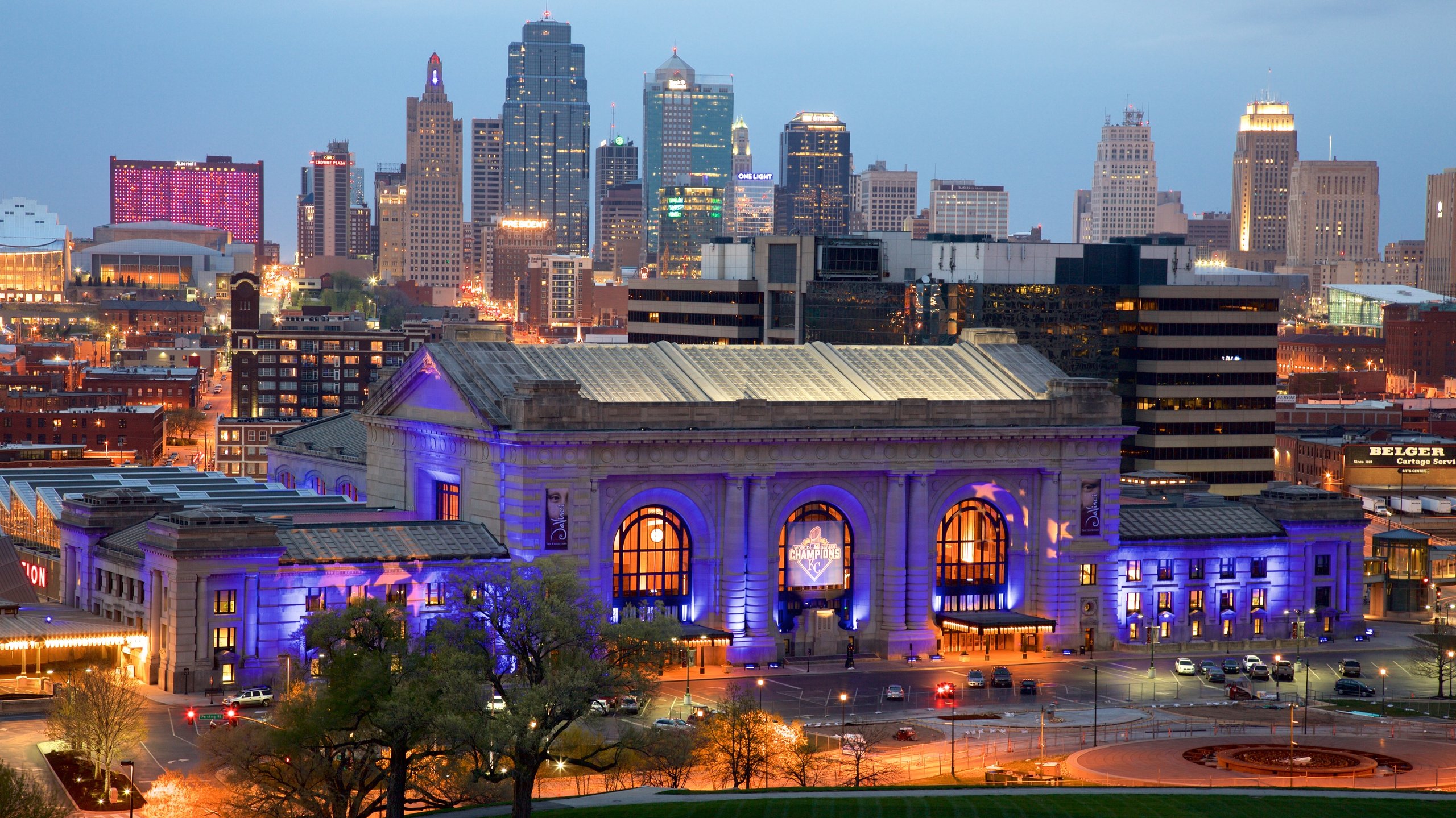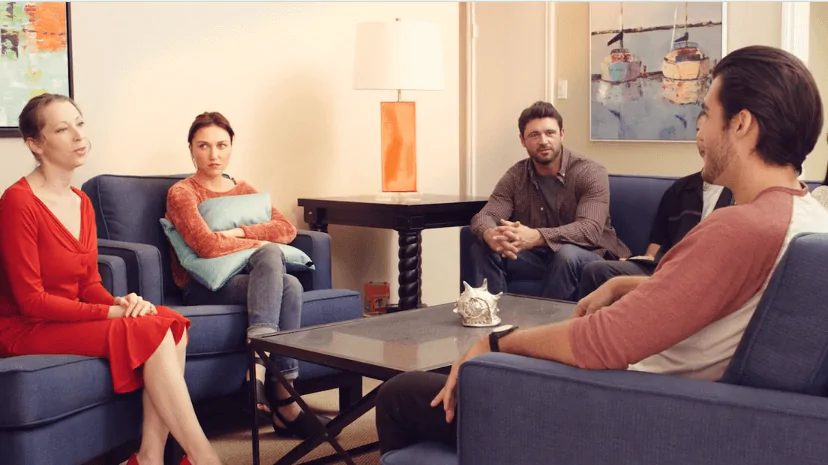24/7 Helpline:
(866) 899-111424/7 Helpline:
(866) 899-1114
Learn more about Partial Hospitalization Program centers in Blue Eye
Partial Hospitalization Program in Other Cities













Other Insurance Options

Premera

Kaiser Permanente

Sliding scale payment assistance

Private insurance

Meritain

BHS | Behavioral Health Systems

MHNNet Behavioral Health

PHCS Network

EmblemHealth

Horizon Healthcare Service

Multiplan

UnitedHealth Group

Anthem

Holman Group
Beacon

Health Choice

Group Health Incorporated

MVP Healthcare

Carleon

AllWell